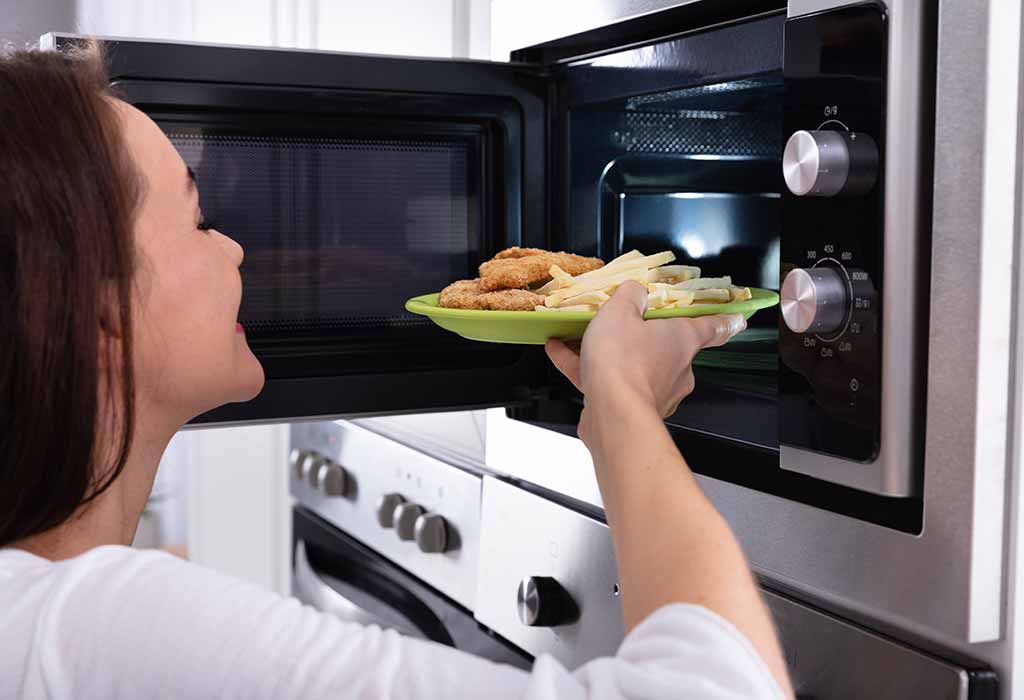
What is the Use of a Microwave Oven? Exploring Its Versatile Applications
The microwave oven, a ubiquitous appliance in modern kitchens, has revolutionized food preparation. But what is the use of a microwave oven beyond simply reheating leftovers? This article delves into the multifaceted applications of this time-saving device, exploring its functionality, benefits, and safety considerations.
A Brief History of the Microwave Oven
The journey of the microwave oven began in the mid-20th century, thanks to the research of Percy Spencer, an American engineer at Raytheon. While working on radar technology during World War II, Spencer noticed that microwaves could cook food. This accidental discovery led to the development of the first microwave oven, the “Radarange,” in 1947. Initially, these early models were large, expensive, and primarily used in commercial settings. Over time, technological advancements made microwave ovens smaller, more affordable, and increasingly accessible to households around the world.
Core Functionality: How Microwave Ovens Work
Understanding what is the use of a microwave oven requires grasping the underlying science. Microwave ovens use electromagnetic radiation in the microwave frequency range (typically 2.45 GHz) to heat food. These microwaves penetrate the food and cause water molecules, fats, and sugars to vibrate. This vibration generates heat, which cooks the food from the inside out.
Key Uses of a Microwave Oven
Reheating Food
Perhaps the most common use of a microwave oven is reheating cooked food. Whether it’s leftovers from last night’s dinner or a pre-cooked meal, a microwave can quickly and efficiently bring food back to a palatable temperature. This is especially convenient for busy individuals or families who don’t have time to prepare fresh meals every day.
Cooking Food
While not always the preferred method for elaborate dishes, microwave ovens can effectively cook a variety of foods. Simple meals like popcorn, baked potatoes, steamed vegetables, and even certain types of pasta can be prepared relatively quickly in a microwave. Microwaving can be a healthier option for steaming vegetables, as it retains more nutrients compared to boiling.
Defrosting Food
Defrosting frozen food is another crucial use of a microwave oven. Many microwaves come equipped with a defrost setting that uses low power levels to thaw food without cooking it. This is a significant time-saver compared to traditional thawing methods, such as leaving food in the refrigerator overnight or submerging it in cold water. However, it’s important to cook microwaved-defrosted food immediately to prevent bacterial growth.
Heating Liquids
Heating beverages like coffee, tea, or milk is a straightforward use of a microwave oven. It’s a quick and easy way to warm up a drink, although caution is advised to prevent superheating, which can cause the liquid to erupt violently. Stirring the liquid before and after microwaving can help distribute the heat evenly and reduce the risk of burns.
Sterilizing Small Items
Beyond food preparation, a lesser-known use of a microwave oven is sterilizing small, non-metallic items. For example, baby bottles, sponges, and cleaning cloths can be microwaved with water to kill bacteria and germs. This provides a convenient and efficient way to sanitize these items, especially in households with young children or pets.
Other Creative Uses
The versatility of a microwave extends beyond the conventional. Some creative uses include:
- Softening Brown Sugar: Microwaving brown sugar with a damp paper towel can prevent it from hardening.
- Peeling Garlic: Microwaving garlic cloves for a few seconds can loosen the skin, making them easier to peel.
- Reviving Stale Bread: Wrapping stale bread in a damp paper towel and microwaving it briefly can restore some of its moisture.
Benefits of Using a Microwave Oven
The widespread adoption of microwave ovens is due to the numerous benefits they offer:
- Speed and Convenience: Microwave ovens are significantly faster than conventional ovens or stovetops, making them ideal for quick meals and reheating.
- Energy Efficiency: Compared to larger ovens, microwaves consume less energy, contributing to lower electricity bills.
- Ease of Use: Most microwave ovens are simple to operate, with intuitive controls and pre-set cooking programs.
- Space-Saving: Microwave ovens come in various sizes, making them suitable for small kitchens or limited counter space.
Safety Considerations When Using a Microwave Oven
While microwave ovens are generally safe, it’s essential to follow certain precautions to prevent accidents and ensure proper operation:
- Use Microwave-Safe Containers: Only use containers specifically designed for microwave use. Avoid metal containers, aluminum foil, and some types of plastic, as they can cause sparks or melt.
- Avoid Overheating: Do not overheat food or liquids in the microwave, as this can lead to explosions or burns.
- Stir Food and Liquids: Stirring food and liquids before and after microwaving helps distribute heat evenly and prevent hot spots.
- Check for Leaks: Regularly inspect the microwave door and seals for any damage or leaks. If you suspect a leak, discontinue use and have the microwave repaired.
- Follow Manufacturer’s Instructions: Always refer to the manufacturer’s instructions for specific guidelines and safety recommendations.
The Future of Microwave Technology
The evolution of microwave technology continues with advancements in features and capabilities. Modern microwave ovens incorporate features such as sensor cooking, which automatically adjusts cooking time based on the food’s moisture content, and convection microwave ovens, which combine microwave and convection heating for more even cooking. As technology advances, we can anticipate even more innovative features and applications for microwave ovens in the future. [See also: Smart Kitchen Appliances: A Comprehensive Guide]
Conclusion: The Indispensable Microwave Oven
In conclusion, what is the use of a microwave oven? It’s far more than just a reheating device. It’s a versatile appliance that offers a wide range of functionalities, from cooking and defrosting to sterilizing and softening. Its speed, convenience, and energy efficiency make it an indispensable tool in modern kitchens. By understanding its capabilities and following safety guidelines, users can maximize the benefits of this remarkable invention.
